The Historic Brasseries of Paris (and Where to Dine!)
Different from cafés, bistros and restaurants, Parisian brasseries have a character and a history all of their own.
As Hemingway and other astute observers of Paris have noted, neighbourhood cafés, bistros and brasseries hold a cherished place in a city whose routine-loving inhabitants incessantly debate why and how Paris should change but endlessly complain when it does.
All three are essential neighbourhood hubs to meet and socialise, often through the generations. But what sets these establishments apart? Cafés were never meant for long, sit-down meals but for a coffee, a drink, a quick salad or a croque-monsieur. Bistros are smaller and more intimate with strict set hours at lunch and dinner and short à la carte and fixed menus.
Brasseries, on the other hand, stay open all day until midnight or later, offer brisk service and a fairly large menu with a narrow scope of traditional French dishes that have been served much the same way for well over a century: leeks vinaigrette, a slab of homemade foie gras on toast, soupe à l’oignon with its palate- searing crust of molten cheese, garlicky escargots and oeufs mayonnaise, tartare de boeuf served with a side of crispy frites and a vinegary green salad… You can start with, or make a meal of, fruits de mer: briny Normandy or Brittany oysters slurped from the half shell and a choice of sculptural crustaceans delivered on towering platters of ice.
While cafés and bistros are changing all the time, Paris’s brasseries epitomise the saying ‘the more things change, the more they stay the same’. Which, for so many reasons, is what expats, lovers of Paris and Parisians themselves want. Paris’s brasseries deliver authenticity, the comfort of tradition, and the feeling that despite the world’s endless upheaval, Paris will always and forever remain Paris.
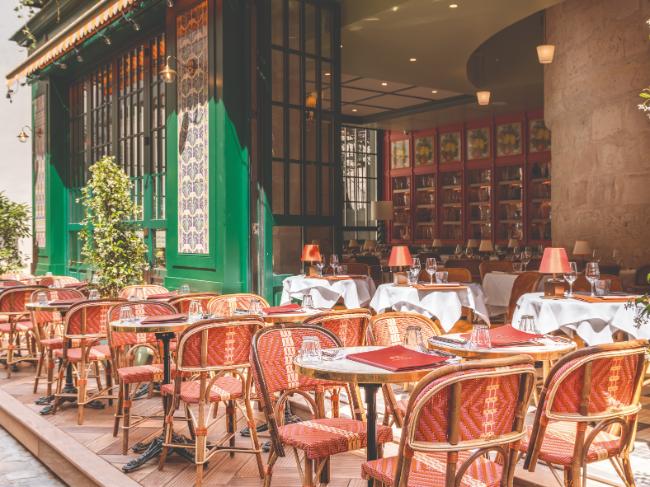
brasserie des pres c.joannPai
The brasserie allure
The first brasseries – brasserie being French for brewery – were opened in the early 1870s by Alsatians fleeing to Paris after the Franco-Prussian War, when this whiplashed border region was annexed by Germany. That’s why at some of the oldest ones, like Brasserie Lipp (1880), Bofinger (1864) and Chartier (1896), sauerkraut (choucroute) – served with sausages, slabs of ham, pig’s feet and knuckles – remains a favourite on the menu, downed with frosted mugs of draught beer (none of the brasseries still brew their own) or a glass of dry Riesling.
Brasseries tended to run the gamut between working class (populaire), where the food and drink was cheap and plentiful, to glitteringly glamorous. Hemingway immortalised the brasseries of Montparnasse and Saint-Germain-des-Prés, La Closerie des Lilas and the Lipp, where he and a who’s who of writers and artists, from Picasso to James Joyce, could eat cheaply, copiously and well. Parisians from all walks of life dined there, but it’s the evidence of eminent past patrons the brasseries love to brandish – from signatures etched into the bar to autographed portraits in the stairwells. Brasseries remain the preferred eateries of French presidents and prime ministers – President Macron held his inauguration lunch at the iconic Le Dôme in Montparnasse, and President Sarkozy at Fouquet’s, the haunt of aristocrats and movie stars, where the splendid César Awards dinner has been held since the 1950s.
At the height of their popularity during the Belle Epoque, those prosperous decades before the first World War, brasseries became ever more ornate, with a signature look that set them apart from cafés and restaurants. They had a warm, glittering atmosphere, with sensuous frescoes and sinuous Art Nouveau woodwork, stained glass ceilings and colourful mosaic tiled floors. Tuxedoed waiters glided under brass globe lamps, patrons could grab a drink at the zinc and mahogany bar or a meal tucked into a leather banquette, the table set with glittering silver on snowy linens, all reproduced in soaring mirrors that multiplied the space and reflected the patrons endlessly to each other.
Scores of Paris’s most popular brasseries are listed historic monuments and many have recently been restored to their turn-of-the-century splendour.
But sometimes the glamour stops there. Restaurant groups find the iconic, family-owned brasseries irresistible, and Parisians have largely given up fighting to keep their neighbourhood outposts authentic, relinquishing them with a shrug. While chain ownership doesn’t always mean mediocre food, it often means resting on their historic laurels, catering to the tourist trade and a marked indifference to quality ingredients and service.
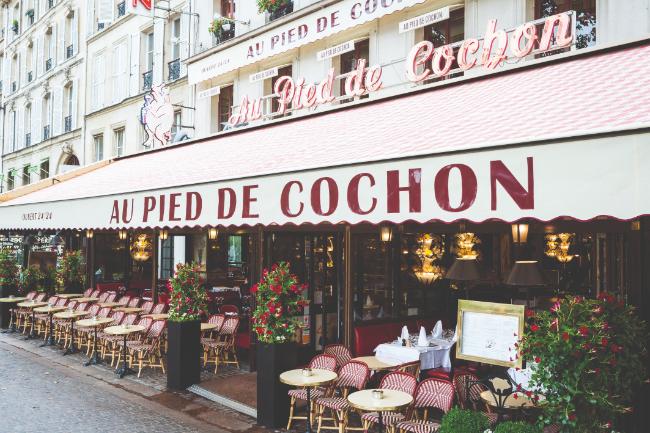
© Yann Deret
Why go?
The less formal atmosphere, captivating décor and all-day hours are ideal for a celebratory meal or for families with kids. They’re also a godsend for visitors unused to Parisian’s later dinner hour (the first dinner seating at a restaurant or bistro is 7.30pm) or those who want to dine at irregular hours. They’re also fun for history and architecture buffs, visitors eager to sample traditional French fare and groups looking for private or semi-private rooms, which many of the brasseries still offer. Prices vary between establishments, the biggest and cheapest being the bouillons, a brasserie sub-genre that’s quickly regaining traction in Paris. At the other end of the scale, the most expensive are the hotel brasseries, which are also reliably good.
Where to go?
Though most historic brasseries (which you can easily find by surfing the internet) offer solid, quality dining and decent service, some of the most beautiful dining rooms are sadly some of the most indifferent, with fair-to-middling food and sub-par service. The brasseries listed below are standouts not only for food, service and authenticity, but for charm, character, historical ambience, conviviality and fun. Most of all, they offer a memorable slice of a timeless Paris.
Most hidden treasure: Au Petit Riche
We’d love to keep this place to ourselves, so perfect is the ambience, so good the food, and so fine the wine (the award-winning cellar shelters one of Paris’s largest selections of Loire wines). Slide into a banquette in one of the intimate glassed-in rooms or dine in a soaring space under frescoes and globe lamps. Personable waiters are happy to discuss the wine, recommend a dish or inquire about your hometown. Paul Bocuse, Catherine Deneuve, François Mitterrand and Colette are among the dozens of eminent visitors over the years whose photos are proudly displayed. Private rooms upstairs can be booked for groups of five or more.
Most ‘populaire’: Au Pied de Cochon
Exactly as it was at its opening in 1947, this bustling brasserie – the first Paris restaurant to offer continuous 24/7 service was once a staple for Les Halles’ market vendors and transporters. Though these days you can get a bowl of their famous soupe à l’oignon only till 5am (or when they reopen at 8am), it’s a forever favourite for French families, tourists, revellers after a night on the town and regular Parisians, who love the brisk, friendly service, flowery Art Nouveau décor, and the sprawling, convivial sidewalk terrace overlooking Les Halles that overflows in sunny weather. What’s more, every bill comes with three pink meringue piggies.
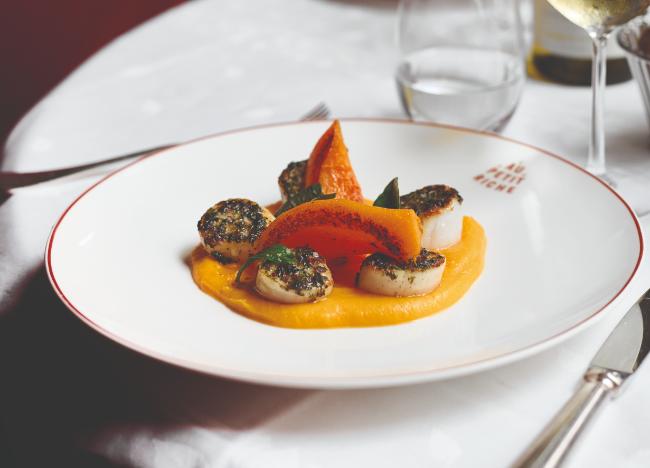
© Cookheure / Au Petit Riche
Most starstruck: Brasserie Fouquet’s
Fronting the Champs-Élysées, this is among the classiest of the historic brasseries, and it doesn’t hurt that it’s the lair of French presidents and film stars, whose portraits, by the legendary Harcourt Studios, add a timeless glamour. Or that the menu’s gastronomic versions of traditional classics were designed by three-star chef Pierre Gagnaire. Besides top-quality dining and wine, expect impeccable service – friendly, attentive, discreet, no matter who you are of a kind that’s fast disappearing in Paris.
Modern classic: Grande Brasserie
Set in a space near the Bastille that was once Le Petit Bofinger, part of the famous Bofinger brasserie empire across the street, three-year-old Grande Brasserie offers a contemporary take on the traditional menu, using sustainable, seasonal and local ingredients accompanied by small estate natural wines. Though not as grand as Bofinger, its charming murals, mosaic floors, soaring mirrors and zinc bar offer an authentic experience with the assurance of a delicious meal, quality wines and spot-on service.
Most gourmet: Le Relais Plaza
Lunch or dinner at this 1936 Art Deco gem – the second restaurant of the Plaza Athénée palace hotel on Avenue Montaigne – is a great way to sample the cuisine of Michelin-starred chef Jean Imbert without the expense and fuss of his posh gastronomic table. Imbert uses the best seasonal ingredients for his take on brasserie classics like langoustines with mayonnaise thermidor or blanquette de veau topped with generous shavings of black truffle. The beautiful, serene dining room is crowned by Art Deco murals depicting Diana of the Hunt and Lalique glass windows etched with the signs of the zodiac, both of which are listed historic monuments.
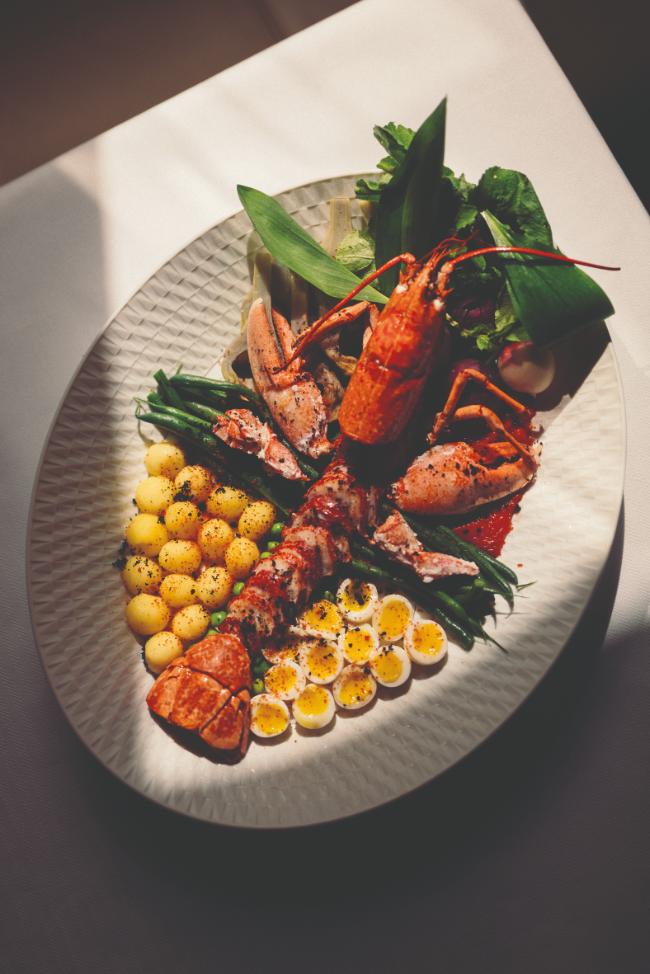
© Cookheure
New-generation brasseries worth a visit
New brasseries are popping up in Paris to cater to Parisians’ more flexible dining hours and offer a casual but reliably good dining experience for three meals and everything in between. The new outposts interpret the traditional brasserie codes in stylishly fun ways, adding recipes updated for modern palates, vintage touches, plush seating, cocktail menus, and wines by the glass, helpfully interpreted by flavour and region for a small primer on wine.
Brasserie des Près, on the charming (if tourist-ridden) Cour du Commerce Saint-André in the heart of Saint-Germain-des-Prés, is a favourite, especially in warm weather when its wide glass doors open onto a pretty sidewalk terrace. With several dining nooks over three floors, it’s a super chic place for any meal or snack. Ditto for Brasserie Dubillot set in a beautifully repurposed old brasserie on the colourful Rue Saint-Denis and Brasserie Bellanger on the nearby Rue du Faubourg Poissonnière.
Just across from Porte Maillot on a pretty square in Neuilly-sur-Seine, Brasserie Charlie is an excellent choice before or after visiting the Fondation Louis Vuitton. And it’s only a three-minute walk from the Porte Maillot Metro stop’s Neuilly-sur-Seine exit.
From France Today Magazine
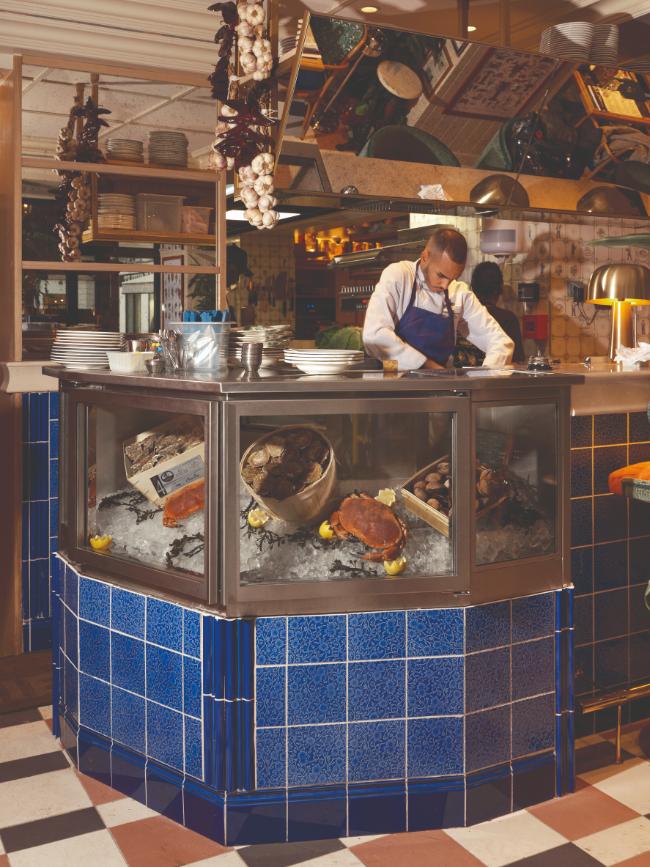
© COOKHEURE, YANN DERET, LISA KLEIN MICHEL, SALOMÉ RATEAU, JOANN PAI
Sorry, it looks like you don’t have access to this content.
- Log in
- Forgot password
Share to: Facebook Twitter LinkedIn Email
More in Food, French brasserie, French history, French restaurants, Paris, paris restaurants
Leave a reply
Your email address will not be published. Required fields are marked *





